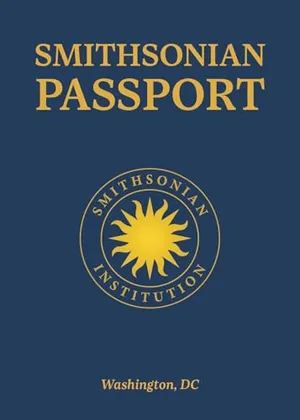Don’t Miss These Smithsonian Hidden Gems During Your Next Visit to D.C.
Have a great summer in the nation’s capital with the ultimate passport to guide you
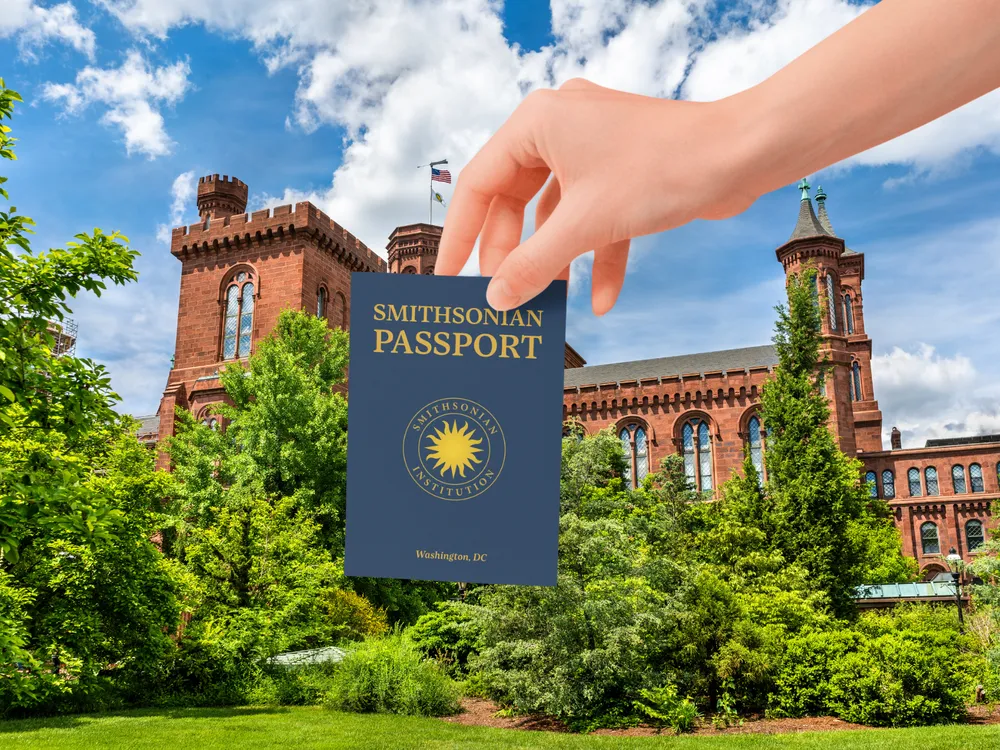
The Smithsonian’s 21 museums, National Zoo, and numerous research centers showcase the astonishing record of historical, cultural, and scientific achievement in the United States with a scope and depth no other institution in the world can match. But with so many places to visit, it's hard to know what to choose. Today, we recommend a few museums off the beaten path that you should add to your itinerary for your next adventure in Washington, D.C.
Anacostia Community Museum
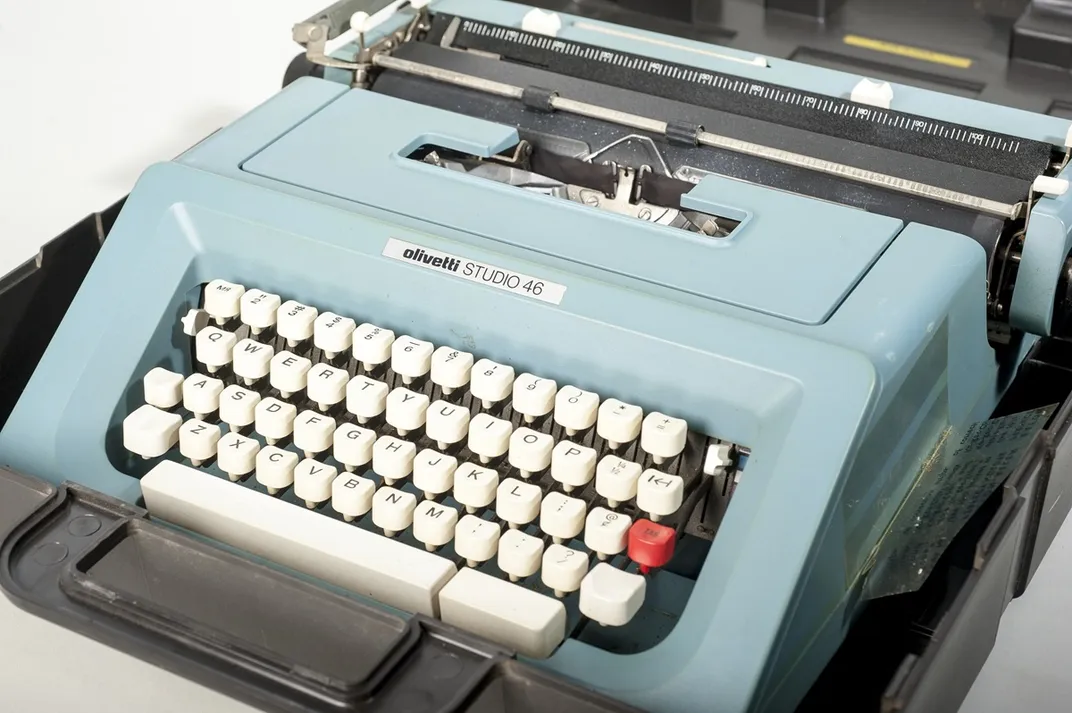
1901 Fort Pl SE
Washington, DC 20020
anacostia.si.edu
The Anacostia Community Museum, established in 1967, was initially used to collect objects and artifacts related to African American history. Since then, it has evolved into a significant national resource focused on issues of contemporary urban life, with expanded research, exhibitions, collections, and public programs. Rotating exhibits reflect the Anacostia neighborhood and often explore the realities of city living, immigration, and more. Along with historically significant objects, the museum’s collection includes fine art, quilts, and musical instruments. The museum’s website hosts virtual exhibits that bring its collection to people around the world.
Renwick Gallery
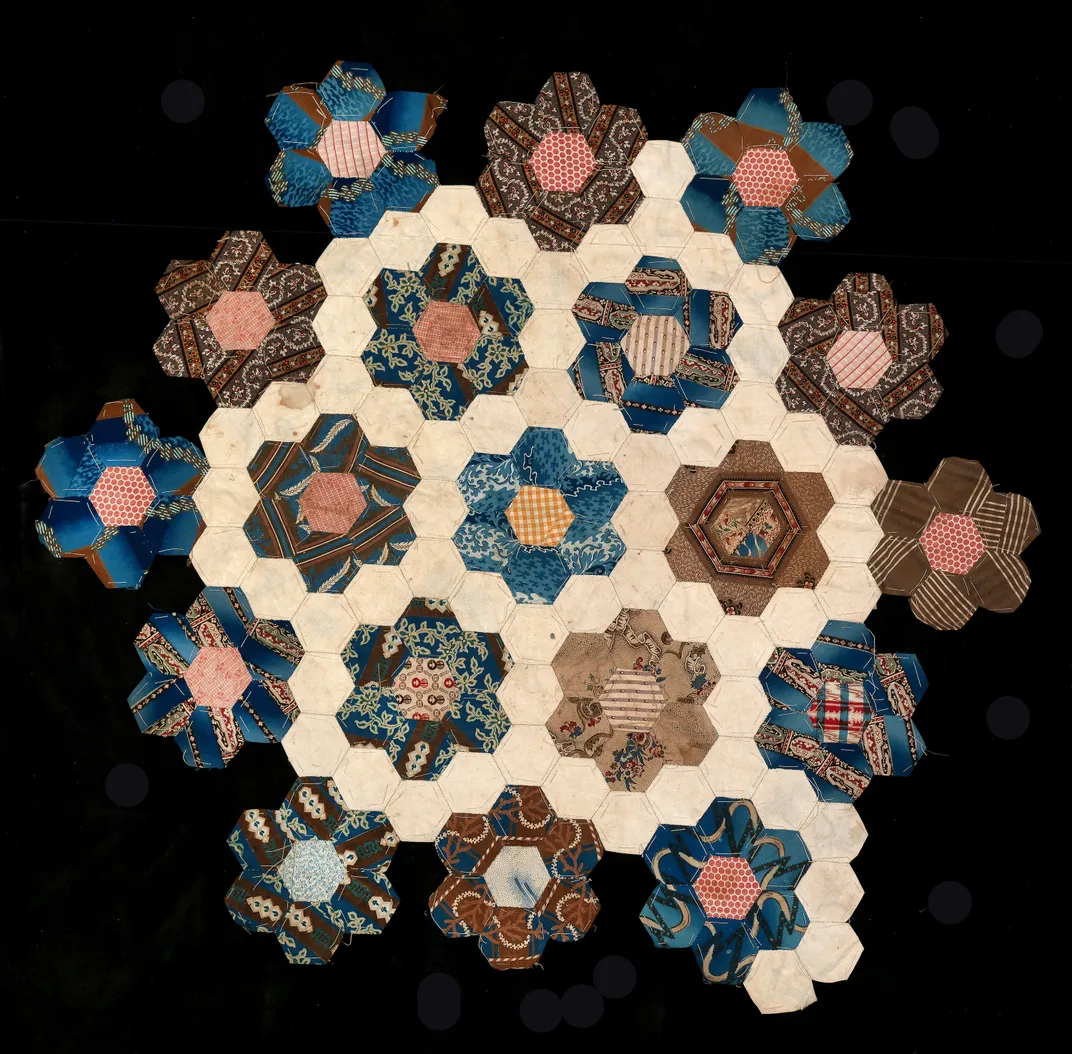
1661 Pennsylvania Ave NW, #1
Washington, DC 20006
americanart.si.edu
Located just across from the White House, the Renwick Gallery was the first purpose-built art museum in the United States, meant to showcase the artistic and cultural achievements of the still-new nation. It was designed by James Renwick Jr. and first used by the Corcoran Gallery of Art. In 1965, it was given to the Smithsonian. Today, changing exhibitions of American crafts and decorative arts—historical and contemporary— as well as selections from the permanent collection of 20th- and 21st-century American crafts are on view in this historic structure. Look for Leo Villareal’s Volume (Renwick) hanging above the main staircase and Dale Chihuly’s Seafoam and Amber-Tipped Chandelier.
Smithsonian Passport
Track your memorable travels through the nation’s capital with this adventure passport featuring more than 100 photos and 30 custom stickers!
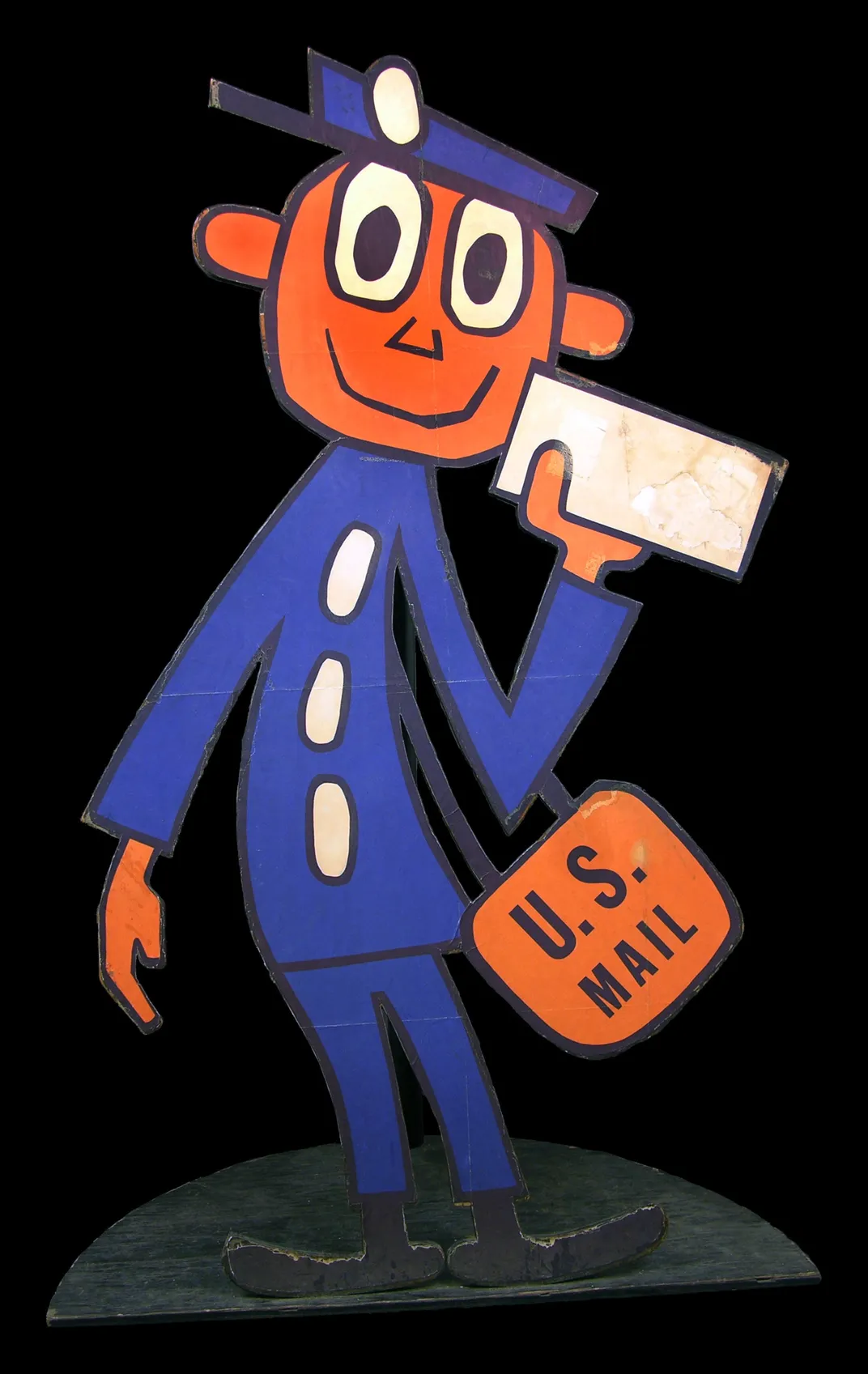
National Postal Museum
2 Massachusetts Ave NE
Washington, DC 20002
postalmuseum.si.edu
Visitors can experience sorting and delivering the mail and even design their own postage stamps at the National Postal Museum, where millions of objects and dozens of hands-on activities present philatelic history, celebrate letterwriting, and document the maildelivery process. Exhibitions focus on international postage stamps, transportation, letters, and more. Of special interest is the William H. Gross Stamp Gallery, which displays rare or unusual stamps from the United States and around the world, like the Inverted Jenny stamp. You can also travel on the first American postal road and sit in a stagecoach or a semitruck cab.
National Museum of African Art
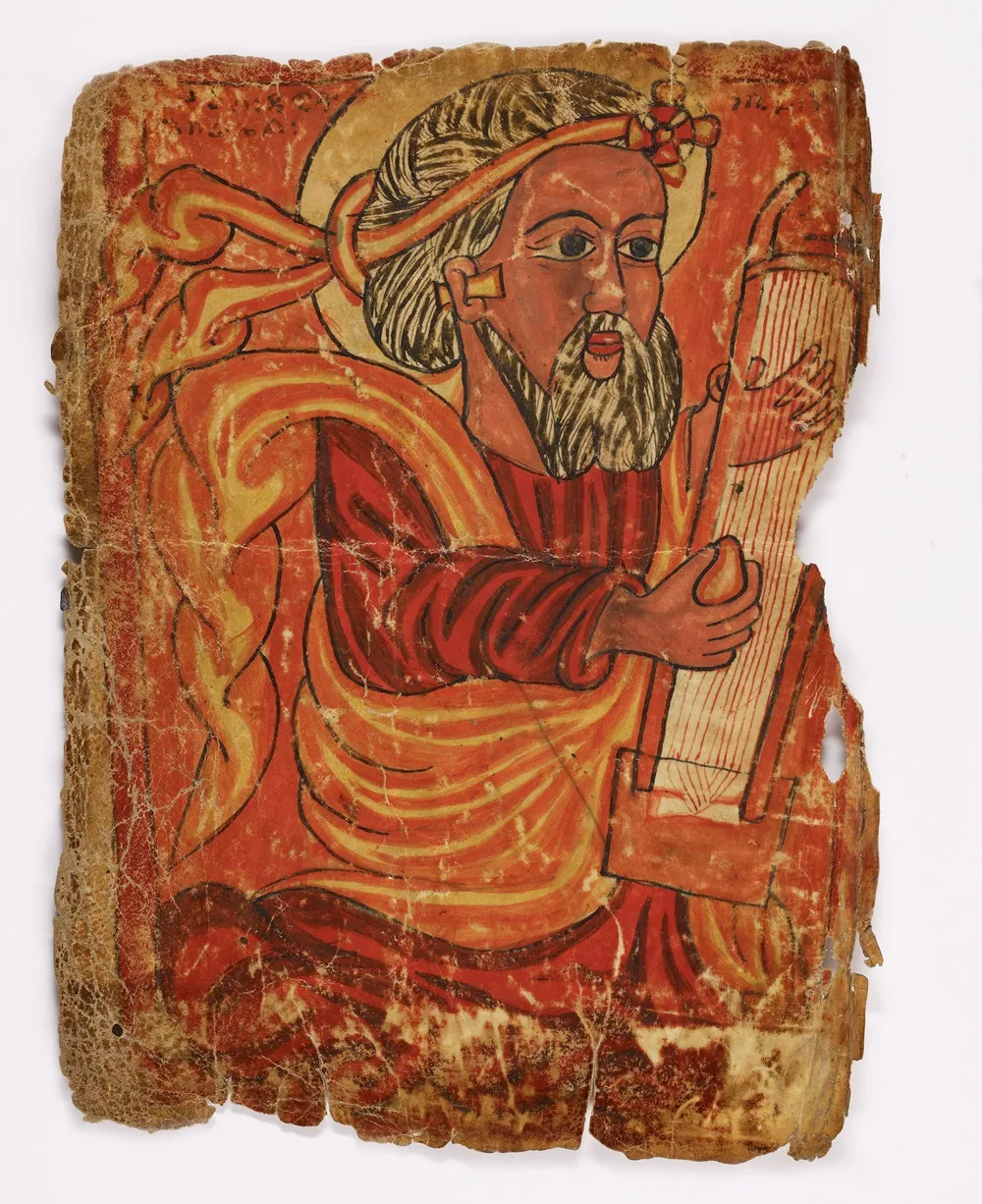
950 Independence Ave SW
Washington, DC 20560
africa.si.edu
The National Museum of African Art celebrates the rich visual traditions and diverse cultures of Africa and its diasporas across time, geography, and media. The museum was founded in 1964, in a townhouse on Capitol Hill that once belonged to Frederick Douglass, and became part of the Smithsonian in 1979. Today, the museum has more than 13,000 artworks in its collections and is a leading research and reference center for the arts of Africa. Visitors can see Yinka Shonibare CBE RA’s Wind Sculpture VII outside the museum and hundreds of other masterful works, from Luba sculptures to Lynette Yiadom-Boakye’s Womanology 12.
Keep track of your journey through the nation's capital with The Smithsonian Passport, which is available from Smithsonian Books. Visit Smithsonian Books’ website to learn more about its publications and a full list of titles.
Excerpt from The Smithsonian Passport © 2025 by Smithsonian Institution
A Note to our Readers
Smithsonian magazine participates in affiliate link advertising programs. If you purchase an item through these links, we receive a commission.
